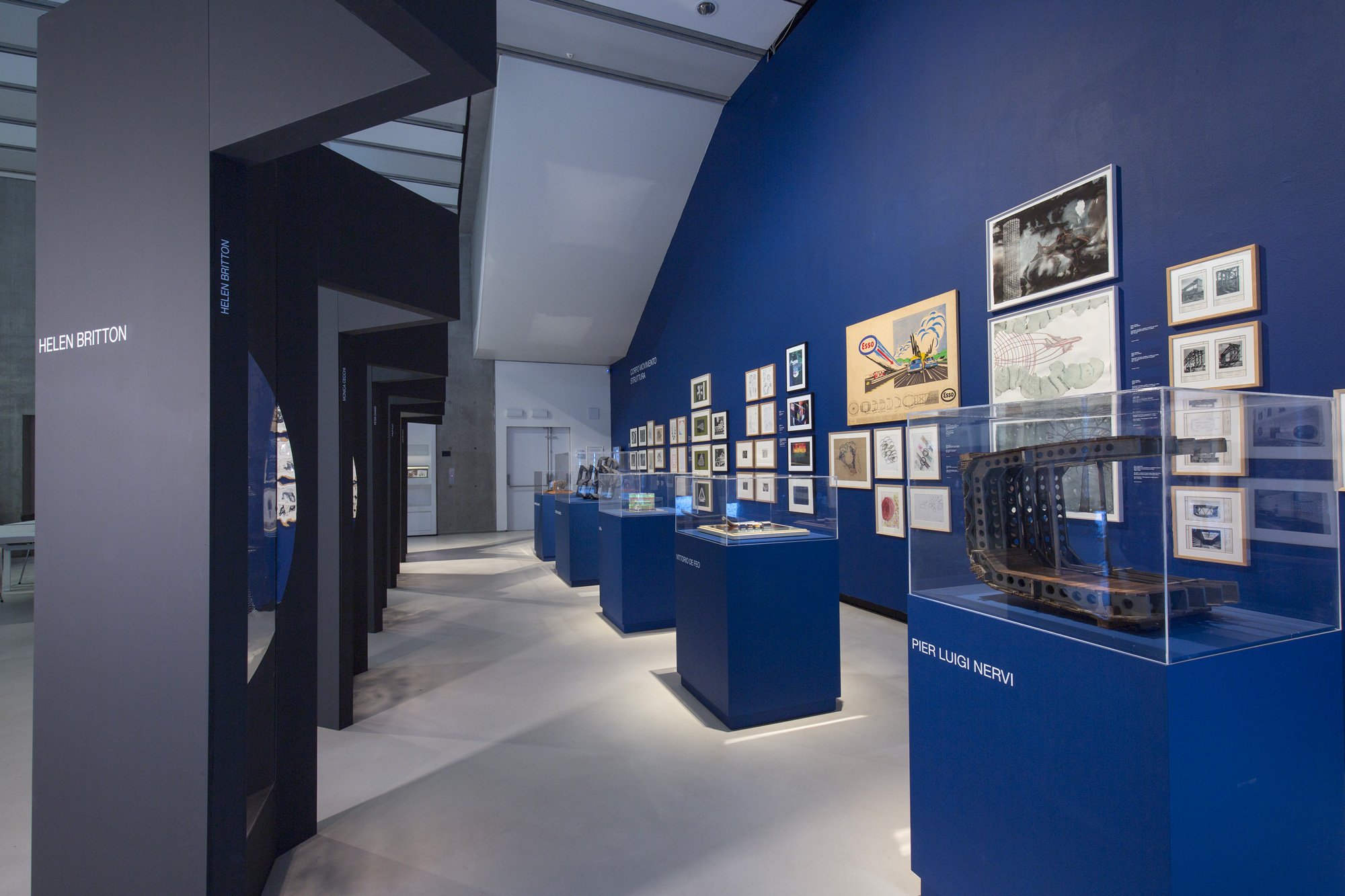Artists
Giampaolo Babetto
David Bielander
Helen Britton
Peter Chang
Monica Cecchi
Philip Sajet
CORPO, MOVIMENTO, STRUTTURA
Il gioiello contemporaneo e la sua costruzione
Group show / 15.11 2017–14.1 2018
MAXXI, Museo nazionale delle arti del XXI Secolo, Rome
Six designers and six architects recounting the common language composed of relationships, connections and the balance of weights and volumes shared by architecture and jewellery: BODY, MOVEMENT, STRUCTURE. Contemporary jewellery and its construction, the exhibition curated by Domitilla Dardi that from 15 November 2017 to 14 January 2018 will be bringing to MAXXI a new look at contemporary jewellery.
Giampaolo Babetto, David Bielander, Helen Britton, Peter Chang, Monica Cecchi e Philip Sajet are the six designers called to interpret through new pieces created ad hoc the architectural models by Vittorio De Feo, IaN+, Sergio Musmeci, Pier Luigi Nervi, Maurizio Sacripanti and Carlo Scarpa conserved in the MAXXI Architettura collections.
The exhibition BODY, MOVEMENT, STRUCTURE explores the relationship between the small and large scales: the jewellery will be presented together with the preparatory drawings and the documentary apparatus shedding light on the design process and the execution of one-off pieces and limited editions, completely different to industrial jewellery. In the same way, the architectural models will be accompanied by drawings, photographs and video again reconstructing a sense of the entire design process.
A piece of jewellery is an object open to multiple readings, the first traditionally being aesthetic, regarding both the intrinsic beauty of the work and the idea of beauty that a jewel succeeds in conveying and transmitting. However, alongside this there is also the anthropological, social and cultural side; there is an extremely complex structural research behind jewellery that is very evident in contemporary production in which what counts is not so much the precious materials but rather the intricacy of the structure, the idea and the form. Couplings and connections count for more than carats and jewellery design has many aspects in common with architecture, albeit on different scales and with different ends.
Giampaolo Babetto a master of the school of Padua, has always paid great attention to contemporary architecture and is an admirer of Carlo Scarpa, an architect noted for his precious detailing, an element common to both. The design of their hinge is a masterpiece of technology and aesthetics and the closeness of the two in graphic terms is notable.
David Bielander has developed an enthusiasm for the architecture of Maurizio Sacripanti with whom he shares a visionary outlook and a passion for metals and structures.
Helen Britton has studied the structure of the boat that Pier Luigi Nervi built in reinforced concrete. The idea of “framework” is fundamental to the work of the great engineer just as it is for Britton who has investigated this concept throughout her career with workds inspired by diverse historical eras.
Peter Chang has always made jewellery deriving from fantastical imagery, stratified coloured resins, a ductile and expressive material and a favourite of Ian+ for their models too.
Monica Cecchi works with collectible metal cans in a highly personal idiom close to Pop. Vittorio De Feo’s project for the Esso station harmonizes perfectly with her vision and the designer has created a dedicated collection, for which the automotive adverstising theme provided the guidelines.
Philip Sajet is a sophisticated creator of jewellery in which the force lines of the structures are particularly eloquent. In his works the voids and the structural layouts are key and his discovery of the architecture of Sergio Musmeci revealed great design affinity.
BODY, MOVEMENT, STRUCTURE reveals how architecture and jewellery relate to the body in movement, to which they respond with a structure capable of “inhabiting it” or allowing it to inhabit a space.
The exhibition is an opportunity to commemorate the recently deceased Peter Chang and his work.





